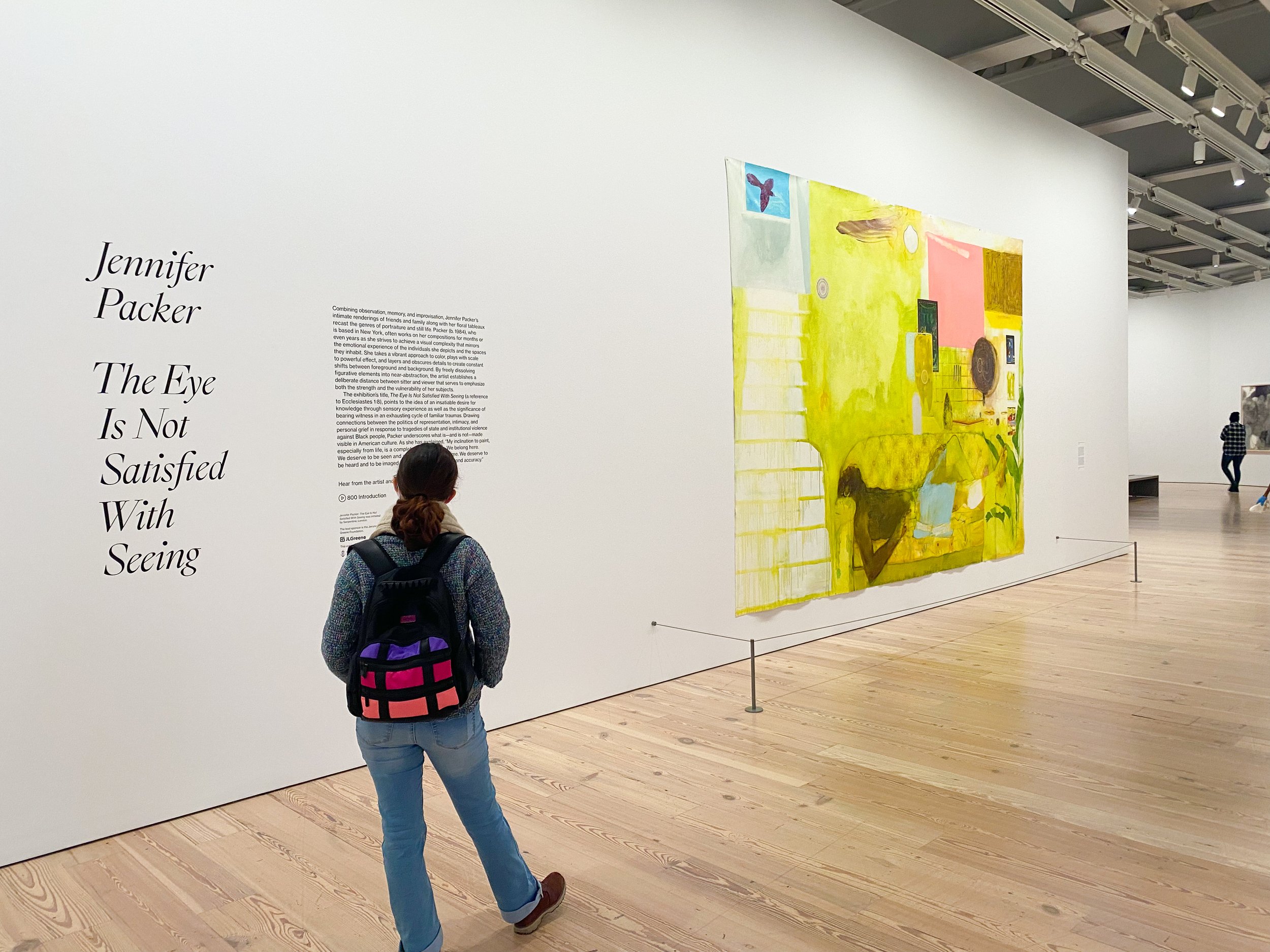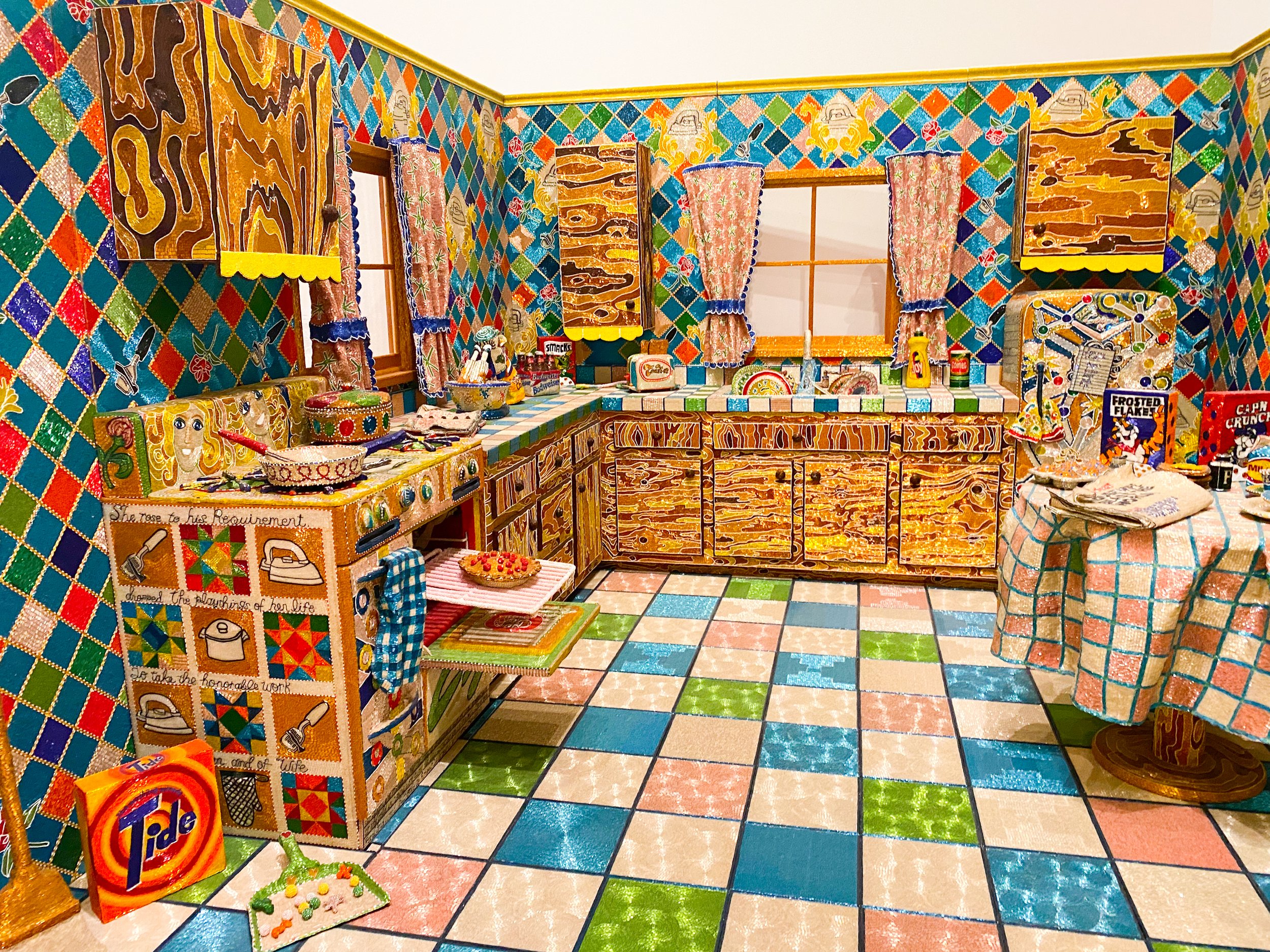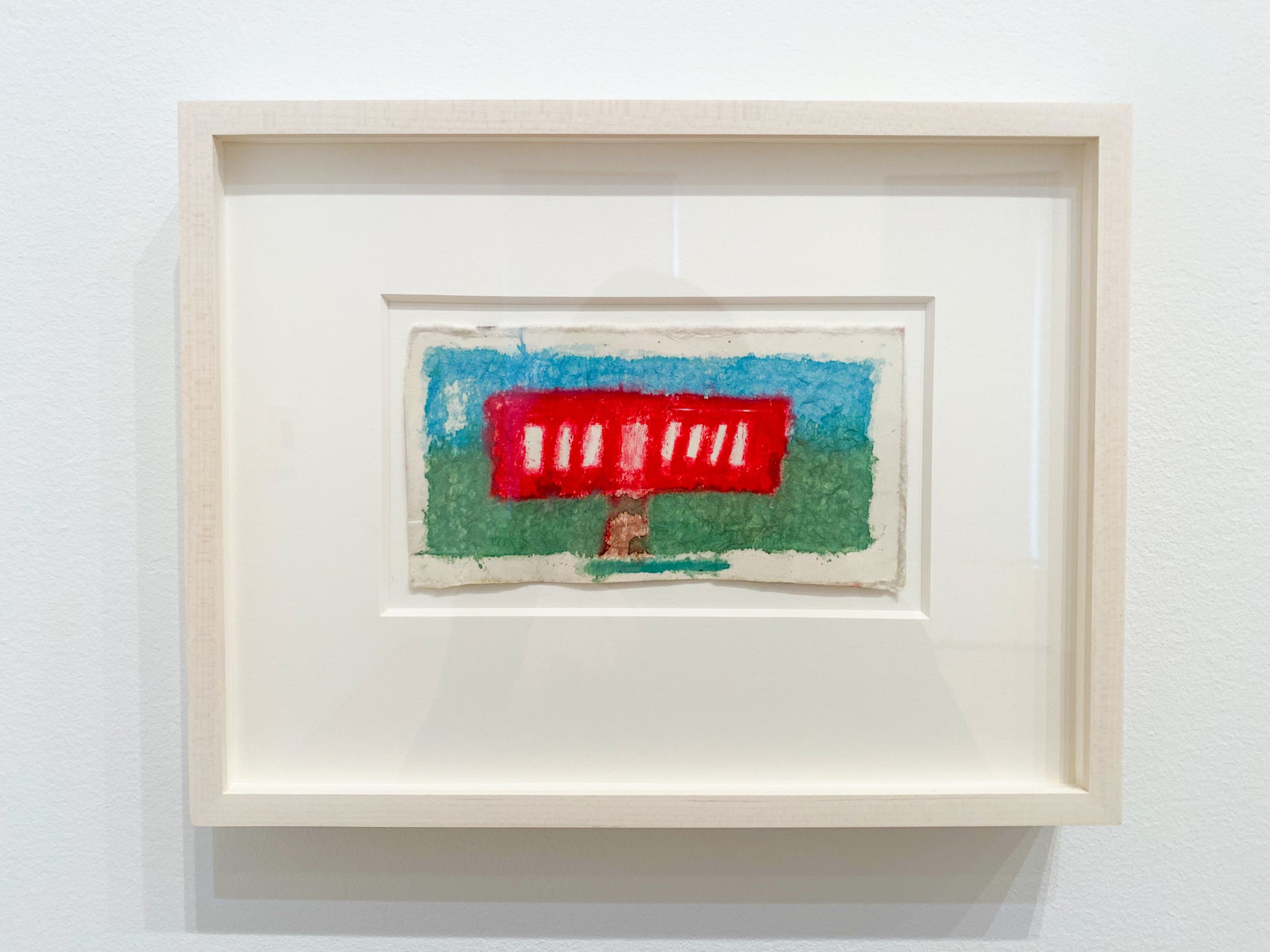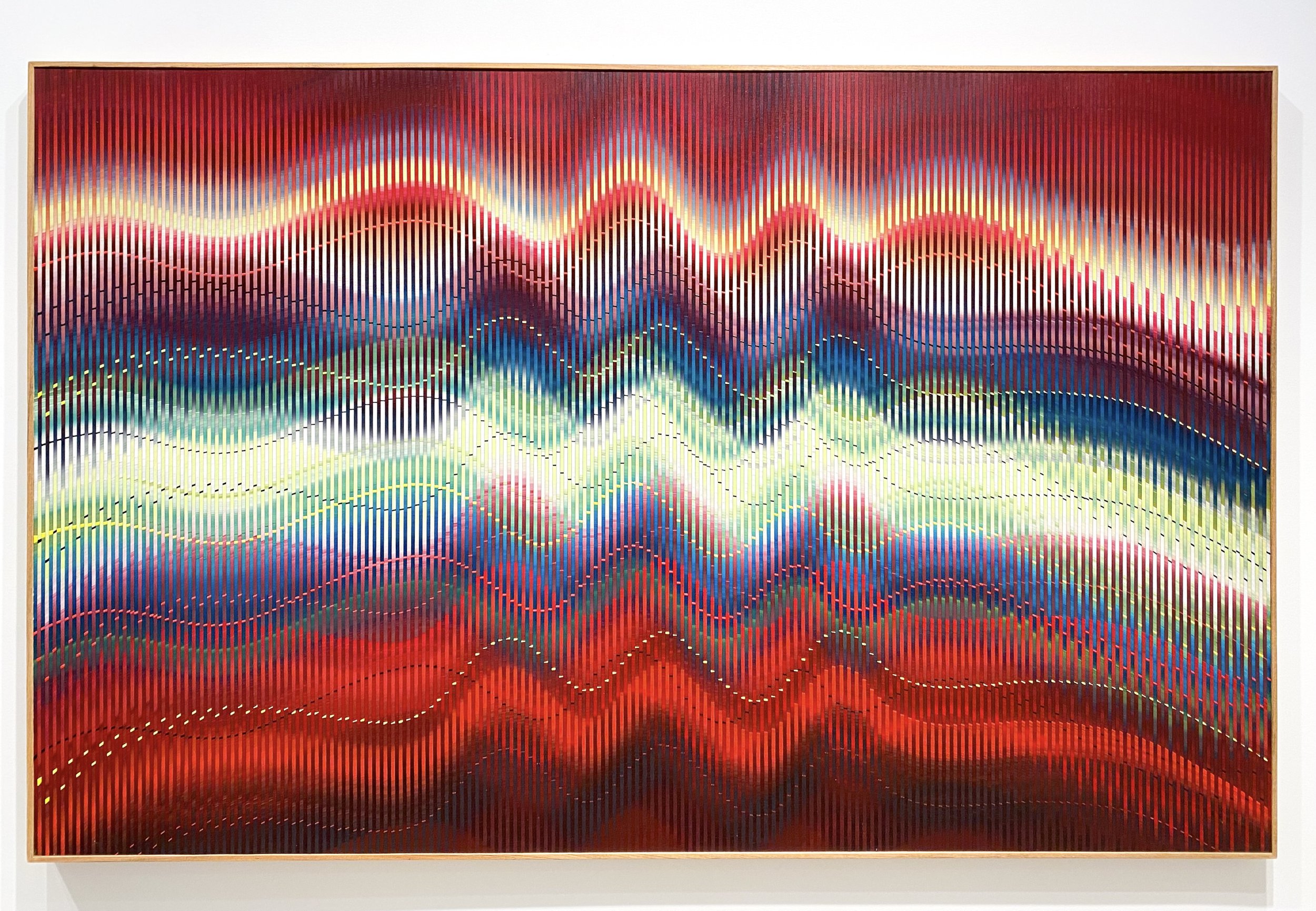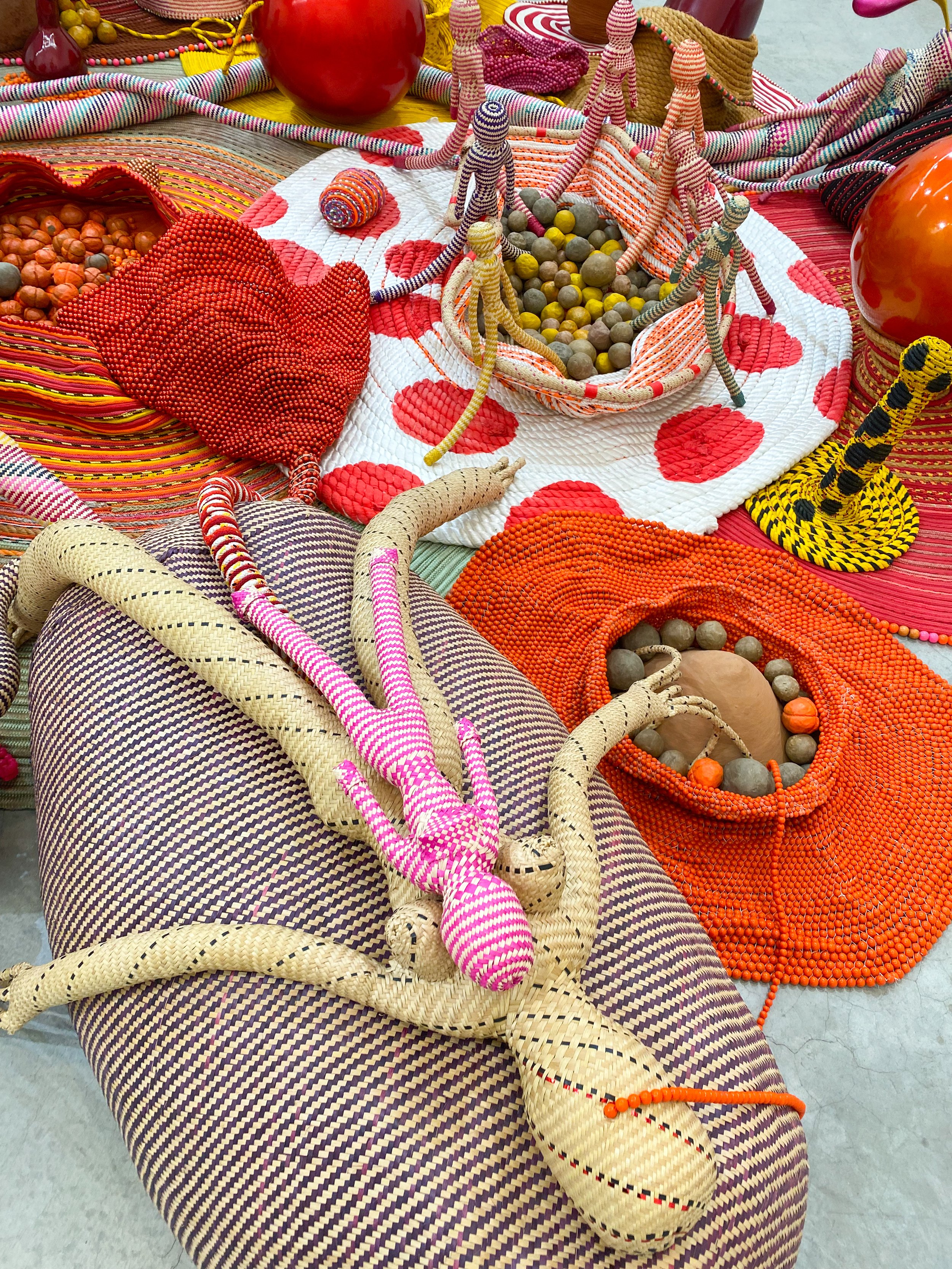James Parker Foley, Crossing Paths, 2022. Oil on linen. 35 x 32 in.
Visit SPRING/BREAK Art Show NYC:
DATES: September 7 - 12, 2022
LOCATION: 625 Madison Ave, New York, NY
BOOTH: 1035
TICKETS: Click to purchase
Abigail Ogilvy Gallery is proud to announce our fourth year of participation in SPRING/BREAK Art Show’s installation in New York City, occurring September 7-12th. The booth will feature a two-person presentation of artwork from James Parker Foley and Alex McClay.
James Parker Foley and Alex McClay use a combination of vastly different media and imagery to convey a similar message: the reclamation of power, particularly in relation to the female body. In their paintings, Parker Foley renders women in a dynamic, dramatic way: faceless bodies are splayed across the composition in impossible contortions, drawing attention to the way we represent the female body, especially in media like horror films. The lack of expression allows the figures to coolly disassociate from the proceeding activities. Self-possessed and self-aware, the paintings themselves gaze back toward the viewer. Meanwhile, Alex McClay’s work is figurative in a non-literal sense: in her multimedia pieces, she conveys the feeling of having a body that is female, and all of the innate hurt that comes with it. She is paying tribute to womanhood, while also pointing towards the consequences of the male gaze, and the boundaries established specifically to survive it.
Parker Foley’s works embody this sense of feminist assertion, often conveying worship and deification through her vivid hues and rich textures. Their work incorporates mythic journeys and quests, centering on one or more heroic figures. They incorporate yonic symbols, portrayed as divine in the universes they create. Parker Foley leans into the epic, and describes the figures’ task as Sisyphean in the sense that they’re stuck doing this task as long as the painting survives. The faceless figures live in a world that is entirely their own: Parker Foley revels in the ability to turn to painting and make all the rules, creating their own feminist universe where the women are awesome and terrifying and in total control.
Alex McClay, Courage in Retrospect, 2020. Emergency blanket, survey tape, bamboo yarn. 62 x 68 in. each
In McClay’s work, the body is ever present, but never rendered: she alludes to the treatment of the female body subtly through text, material choice and construction. At the heart of her work is the tension of boundaries: a delineation of intended protection that so often becomes a site of violation. McClay explores the power dynamics that underwrite our most intimate and vulnerable spaces: our bodies, our minds, our homes, and our identities. Using language/text, the femme body, and a variety of unusual materials, she constructs objects and experiences that call attention to the lines “that separate me from you and mine from yours.”
In a series of textiles, Alex McClay uses emergency blankets made of reflective mylar, pieced together to reveal words woven into their surfaces. Though the practical application for this material is to stay warm and signal for help in emergency situations, McClay uses the blankets to represent a symbolic means to an end, a protective layer, and an emblem of survival. Survey flags and survey tape used to mark and measure land appear in a series of textiles and installations. These materials are reappropriated and serve as representations of the invisible barriers that guide our everyday lives. Similarly, cement, most often used to build walls that protect us from the outside world, is broken down and cast into small pieces in a series of text-based installations. These materials have been taken from their original contexts and transformed to communicate through embedded language. This language, often honest and vulnerable, offers the viewer a glimpse into memories of trauma – of moments when boundaries failed and proved permeable.




